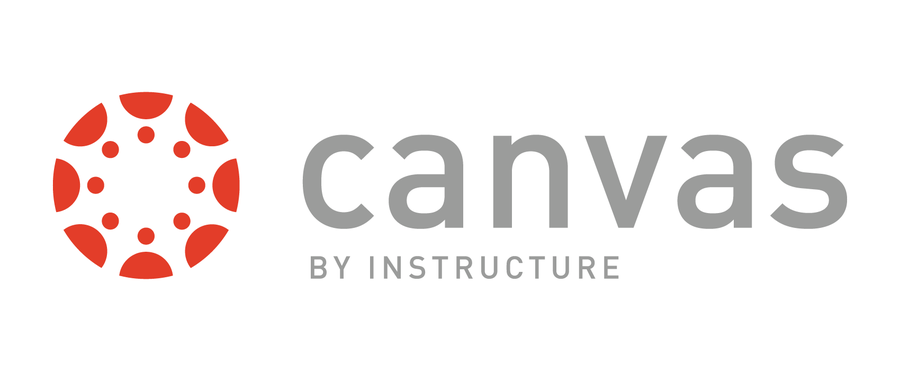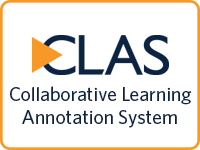Find tools to help you incorporate student peer assessments into a course. These tools are categorized by 1) those used when students review one another’s work and 2) those used when students review one another’s performance in the context of group work. All tools recommended by the LT Hub have passed a UBCPrivacy Impact Assessmentand receive central technical and pedagogical support.
Student Peer Assessments for Reviewing Work
哥伦比亚大学同行assessmen集中支持四个学生t tools that can facilitate assignments where you have students review, rate, and/or leave formative feedback on each other’s work.
General Tips
- In planning your assignments, consult the Centre for Teaching, Learning, and Technology’sstudent peer assessment resources for instructors and studentsorbook a one-on-one consultationfor additional guidance.
- Read throughuses cases of student peer assessmentsfrom other UBC instructors
- Include clear and detailed assessment criteria for students to ensure more consistency between different reviewers.
- Have students practice with 3-4 sample assignments that have already been assessed by an expert (e.g., you) using the same criteria they will be using.
- Talk to students aboutthe reasons that you are using peer assessmentsin your course, to reduce their anxiety in being assessed and assessing their peers.
Compare the tools
Compare the main features among thefour centrally-supported student peer assessment tools for students assessing peer workat UBC.
| Criteria | Canvas | CLAS | ComPAIR | peerScholar |
| What are the strengths? |
|
|
|
|
| What are the limitations? |
|
|
|
|
| Canvas | CLAS | ComPAIR | peerScholar | |
| 完成的工作peers? | ||||
| Their own work? | ||||
| Feedback from peers? | ||||
| In what format(s) can students submit work for review? | Text, images, video, audio, equations, PDFs |
Images, video, audio, PDFs |
Text, images, video, audio, equations, PDFs |
Text, images, video, audio, PDFs, programming code |
| Canvas | CLAS | ComPAIR | peerScholar | |
| Who can submit work for review? | Individuals, groups |
Individuals | Individuals, groups |
Individuals, groups |
| In what ways can students provide feedback? | Comment box, annotations (on PDF, Word doc, PowerPoint, or image), instructor-set rubrics (multiple-choice questions) |
Comment box (may include video or audio), annotations (on video, audio, image, or PDF) |
Comment box, instructor-set rubrics (questions for choosing between answer pairs) |
Comment box, annotations (only on text), instructor-set rubrics (question types include: multiple choice, slider, matrix, dropdown, checkbox, scale, points), file attachment |
| How can students be assigned reviews? | Randomly or manually assigned | Not assigned (students must be instructed which work to review) |
Randomly assigned | Randomly assigned |
| Do student assessments result in a numeric value calculated by the tool? | ||||
| Can students review without knowing who they review? | (feedback must also be anonymous) |
|||
| Can students receive feedback without knowing who it is from? | (reviewing must also be anonymous) |
| Canvas | CLAS | ComPAIR | peerScholar | |
| Can a grade be generated, without any extra steps from the instructor? | (grades must be entered manually) |
(grades must be entered manually) |
(participation-based) |
(rubric-based and/or participation-based) |
| Can grades be passed from the tool to the Canvas gradebook? | (once configured, participation grades will be passed) |
(manually initiate syncing by clicking a button in peerScholar) |
Read about the tools
Cost for use:
None
Bandwidth demand:
Low(a slow Internet connection should not impact basic access)
Requirements for FIPPA compliant use:
None
Canvas Peer Review
Facilitate simple student peer assessments in Canvas.
What are the benefits?
- Canvas Peer Review applies a streamlined use of peer review that can be relatively quick to set up.
- If you’re already using Canvas, these assignments will happen in a familiar interface for you and your students.
- You can manually assign what work each peer will review.
Cost for use:
None
Bandwidth demand:
High(a slow Internet connection may impact access)
Requirements for FIPPA compliant use:
None
CLAS (Collaborative Learning Annotation System)
Add granular peer review to multimedia like videos and images.
What are the benefits?
- CLAS allows peers to interactively review multimedia like images, videos, and PDFs.
- You can have students discuss multimedia using contextual comments and annotations. You can also review the work yourself using the same tools.
- Feedback can be given using audio or video in addition to text.
Cost for use:
None
Bandwidth demand:
Low(a slow Internet connection should not impact basic access)
Requirements for FIPPA compliant use:
None
ComPAIR
Have students compare and comment on peer work presented in pairs.
What are the benefits?
- Looking at pairs of work helps students identify strengths and weaknesses of each individual work using their innate comparative judgement.
- You can have the tool pair work adaptively, so pairs are selected based on similar quality.
- At the end, students can see all peer work for broader comparison.
 peerScholar
peerScholar
Cost for use:
None
Bandwidth demand:
Low(a slow Internet connection should not impact basic access)
Requirements for FIPPA compliant use:
None
peerScholar
Ask students to review work, as well as review the feedback they receive, using highly flexible rubrics.
What are the benefits?
- The customizations allow you to set both the criteria and the format of the student responses as well as set how final grades are calculated.
- You can include additional learning opportunities by having students review the peer feedback they receive or submit a revision of their work.
- Students can be given different “cases” (instructions), then review only cases the same as or different from their own.
Student Peer Assessments for Reviewing Teamwork
UBC centrally supports two student peer assessment tools that invite students to evaluate each other’s contributions to groupwork and teamwork.
General Tips
- In planning your assignments, consult the Centre for Teaching, Learning, and Technology’sstudent peer assessment resources for instructors and studentsorbook a one-on-one consultationfor additional guidance.
- Using student peer assessments formatively can help students understand how their contributions are perceived early on and make changes, if needed, before final summative assessments.
- The student reviews can guide you in assigning fairer individual grades for group projects or other collaborations, as well as promote accountability for the students while working in their groups.
Compare the tools
Compare the main features between thetwo centrally-supported student peer assessment tools for students assessing teamworkat UBC.
| Criteria | iPeer | peerScholar |
| What are the strengths? |
|
|
| What are the limitations? |
|
|
| iPeer | peerScholar | |
| Teamwork skills of peers? | ||
| Their own teamwork skills? |
| iPeer | peerScholar | |
| In what ways can students provide feedback? | Comment box, instructor-set rubrics (multiple-choice questions), point distribution |
Comment box, instructor-set rubrics (question types include: multiple choice, slider, matrix, dropdown, checkbox, scale, points) |
| Do student assessments result in a numeric value calculated by the tool? | ||
| Can students receive feedback without knowing who it is from? | ||
| Can students receive feedback knowing who it is from? |
| iPeer | peerScholar | |
| Can a grade be generated, without any extra steps from the instructor? | (rubric-based) |
(rubric-based and/or participation-based) |
| Can grades be passed from the tool to the Canvas gradebook? | (manually initiate syncing by clicking a button in iPeer) |
(manually initiate syncing by clicking a button in peerScholar) |
Read about the tools
 iPeer
iPeer
Cost for use:
None
Bandwidth demand:
Low(a slow Internet connection should not impact basic access)
Requirements for FIPPA compliant use:
None
iPeer
Create rubrics that students use to anonymously review their group members in this UBC-developed tool for evaluating teamwork.
What are the benefits?
- You can set custom rubrics for students to use in review or have each student divvy up a set number of points.
- Reviews can be set up for students immediately.
- Assessments can be coordinated with any groups you’ve already set up in Canvas.
 peerScholar
peerScholar
Cost for use:
None
Bandwidth demand:
Low(a slow Internet connection should not impact basic access)
Requirements for FIPPA compliant use:
None
peerScholar
Create custom rubrics that students use to anonymously review their group members using a feature in this tool that can also facilitate assessments of work.
What are the benefits?
- 您可以设置与高度的同行评审flexibility.
- Peer review outcomes and final grades can be calculated multiple ways.
- Assessments can be coordinated with groups or assignments you’ve already set up in peerScholar.



 peerScholar
peerScholar iPeer
iPeer